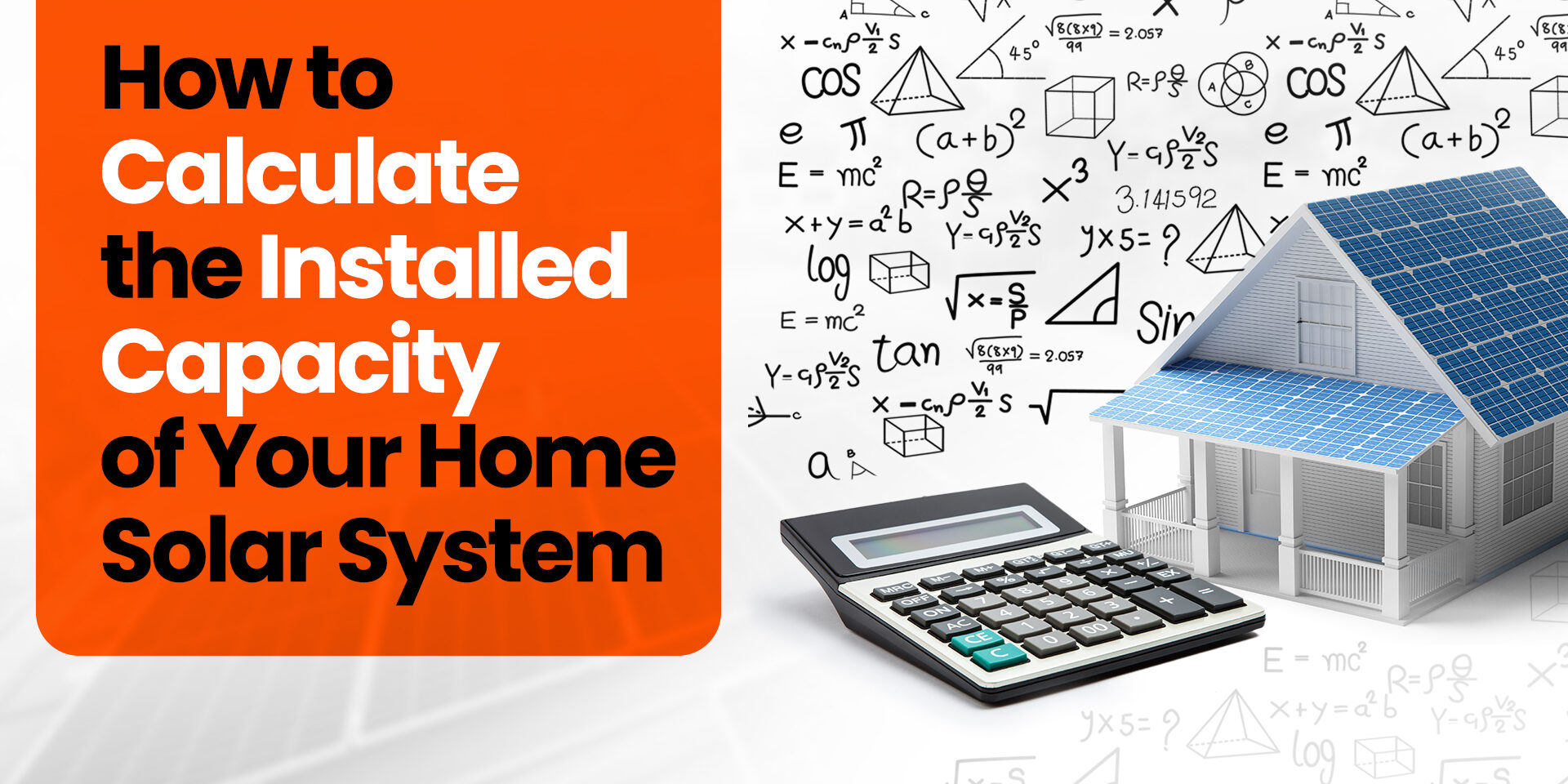Switching to solar energy is an eco-friendly and financially sound decision. However, determining the accurate installation capacity for your home PV system can be challenging. This guide will walk you through the steps needed to calculate the ideal capacity for your PV system, ensuring that you optimise your investment.
Step 1: Determine Your Energy Consumption
Before you embark on your solar journey, it’s crucial to understand your average energy consumption. You can find this information on your utility bill or by conducting an energy audit. The goal is to estimate the amount of energy you want your PV system to produce, aiming to cover a significant portion, if not all, of your household electricity needs. Don’t forget to evaluate any potential future electricity demands, such as additional air conditioning or the need to charge electric vehicles.
—————————————-
Average Monthly Energy Usage: 450 kWh Units
Provision for Future Electricity Demand increase: +100 kWh Units
Total Required Energy per month: 550 kWh Units
—————————————-
Step 2: Calculate the required system capacity
Sunlight availability varies by location and time of year. Research the number of sun hours your area receives to estimate how much solar energy your PV system can harness. You can find this data online or by consulting Hayleys Solar.
—————————————-
Sun Hours in Your Area (per day): 3.8 hours
Estimated Daily Energy Generation per kWp: 3.8kWh Units
Required System Capacity: 550 kWh / 30 days /3.8kWh = 4.82 kW Units
Recommended System Capacity: 5 kW Units
—————————————-
Step 3: Calculate the Number of Panels
With the required system capacity determined, divide it by the capacity of each panel. For instance, if your calculated system capacity is 5kW and each panel has a capacity of 500W, you would need 10 panels. Make sure to consider the specifics of the panels you choose, which can affect the overall system configuration.
—————————————-
Panel Capacity: 500W each
Number of Panels Needed: 5000W (5 kW) / 500W = 10 panels
Recommended Number of Panels: 10 panels
—————————————-
Step 4: Assessing Your Roof Space
Measuring the available roof space is a crucial step in determining the potential capacity of your PV system. Begin by measuring the unshaded area on your roof where solar panels can be installed effectively. Unlike other regions, Sri Lanka, located close to the equator, enjoys efficient solar energy generation regardless of the panel direction. While the ideal panel orientation is typically south-facing, it’s important to consider the roof’s inclination, which can impact energy generation. In our country, the general rule of thumb for roof inclination is approximately 10 degrees, which ensures that most sunlight is captured.
—————————————-
Size of a Single Panel Approx: 28 sq.ft
Installable Panel Quantity: 10 Panels
Required Roof Space: 28 * 10 = 280 sq.ft
—————————————-
Selecting the right installation capacity for your home PV system is a crucial step toward maximising your solar energy benefits. By following the steps outlined above, you can accurately estimate the ideal capacity for your PV system, generating the energy required to power your daily activities. For high-quality solar panels and professional expertise, consider reaching out to Hayleys Solar, the renewable energy arm of Hayleys Fentons.

